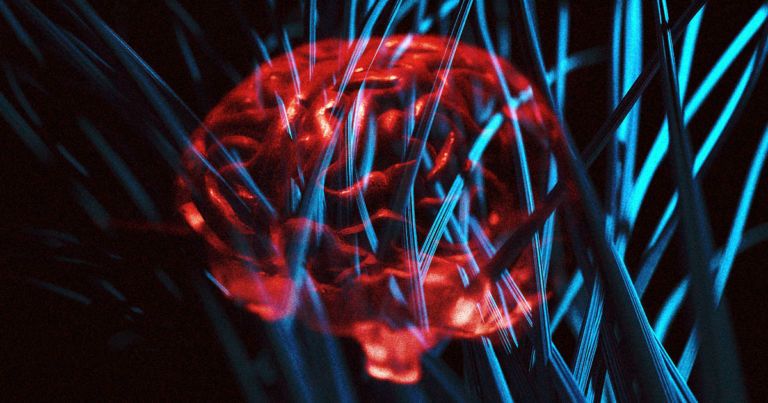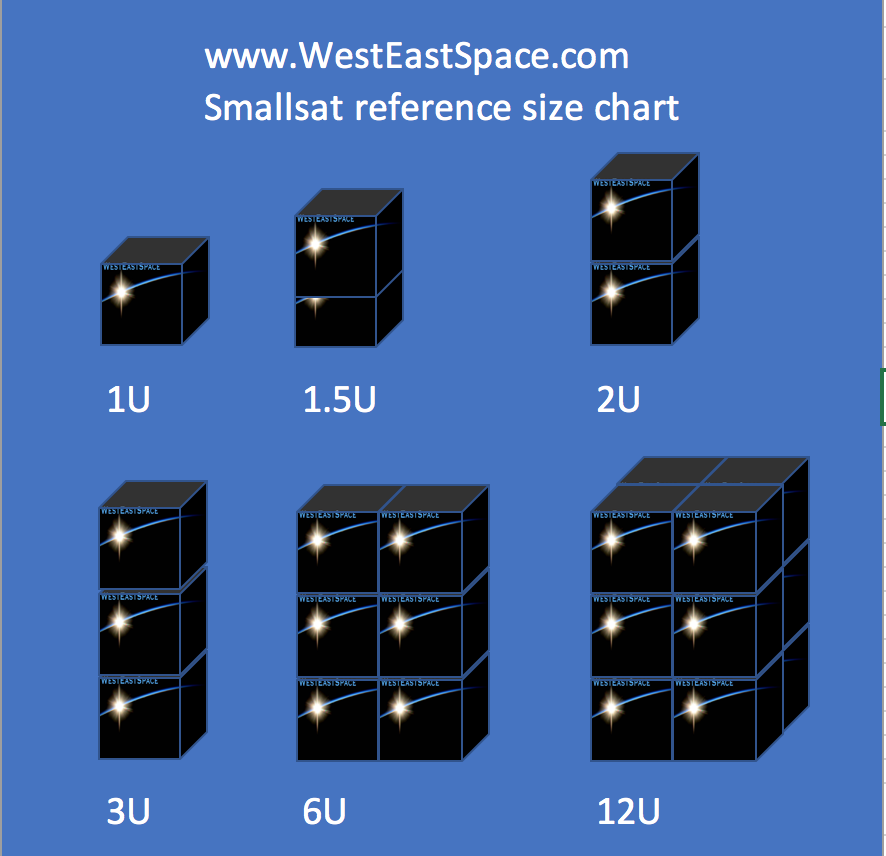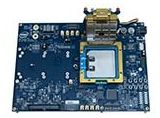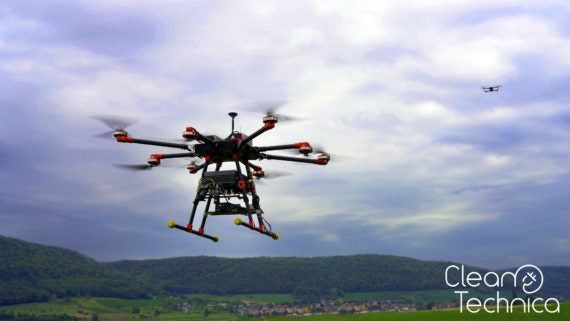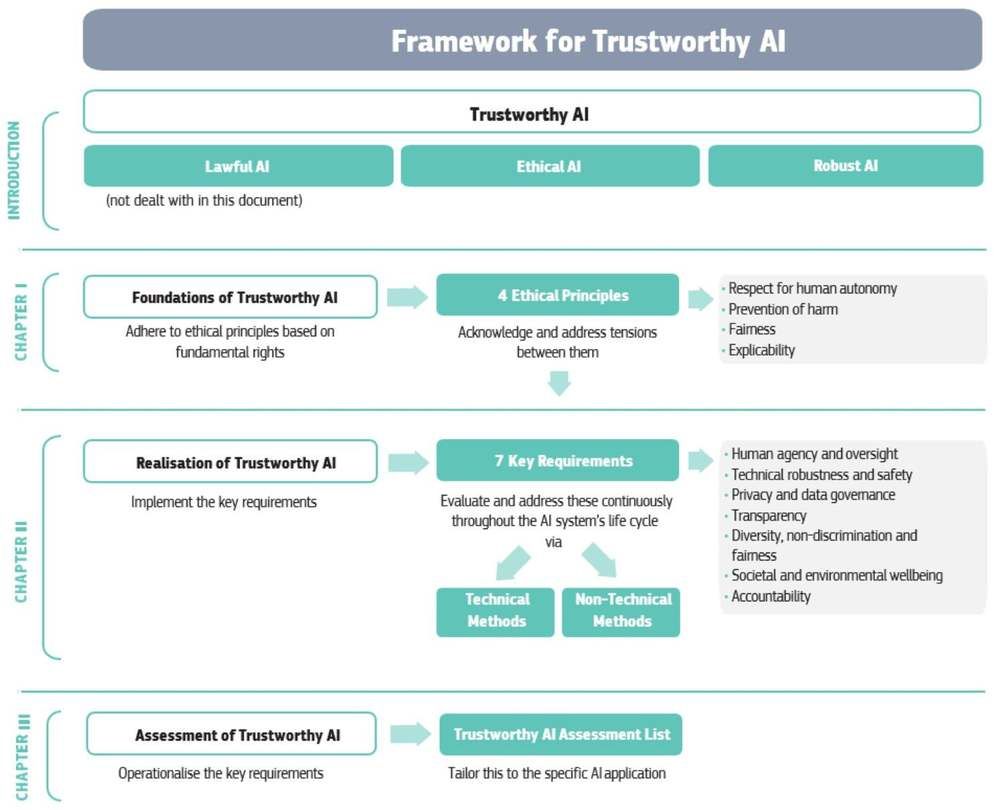As of right now, Cortical’s mini-brains have less processing power than a dragonfly brain. The company is looking to get its mouse-neuron-powered chips to be capable of playing a game of “Pong,” as CEO Hon Weng Chong told Fortune, following the footsteps of AI company DeepMind, which used the game to test the power of its AI algorithms back in 2013.
“What we are trying to do is show we can shape the behavior of these neurons,” Chong told Fortune.
READ MORE: A startup is building computer chips using human neurons [Fortune].
